Shippers moving less-than-truckload goods must comply with new National Motor Freight Traffic Association (NMFTA) rules regarding freight classifications. As outlined in National Motor Freight Classification (NMFC) Docket 2025-1, the new rules, which will go into effect on July 19, shift from commodity-based to density-based freight. The change means shippers need to comply with weight and dimensions requirements when determining the freight classification of their shipments.
There are a number of other minor changes taking place, such as NMFTA’s shifting of more than 2,000 commodity listings to a much smaller number, moving similar items under a single classification.
To help its shippers comply, C.H. Robinson is rolling out a proprietary AI agent designed to automate freight classification and support a growing ecosystem of generative AI tools within the company.
“We have a fleet of over 30 AI agents performing tasks that had defied automation for decades,” said Arun Rajan, chief strategy and innovation officer at C.H. Robinson. “Now we’re building AI agents that help our AI agents.”
LTL shipping depends on the NMFC system to classify freight based on factors such as size, weight, and handling requirements. With thousands of classifications across a wide range of goods—from bulky auto parts to socks on pallets—determining the correct class is critical for accurate pricing and efficient delivery. But it’s a task many shippers struggle with, C.H. Robinson noted. Artificial intelligence and AI agents are able to help ease this challenge.
“Many LTL shippers are unaware or uncertain of the classification for their freight,” said Greg West, vice president for LTL. “So, when they email us a tender, the freight class and code might be missing or incorrect. This is bound to increase with the massive overhaul of the national LTL freight classification system. So, we built an AI agent that determines the correct class and code for a shipment and assists another of our AI agents in turning that tender into an accurate order in our system.”
Misclassified freight can lead to costly delays, as carriers may hold shipments for inspection, adjust invoices, or apply penalties. By automating classification, C.H. Robinson aims to improve speed-to-market for customers and reduce friction in LTL transactions.
The benefits are already visible. Prior to deploying generative AI, about 50% of C.H. Robinson’s LTL orders were processed through automation, mainly via direct integrations or its shipper platform. That left a significant gap—particularly among small-to-medium businesses (SMBs) that rely on email for freight orders.
“Where this new AI agent is particularly useful is assisting with orders for our small-to-medium business customers, who are heavy users of both LTL shipping and email,” West said. “Now that this agent is helping with shipping requests that come in by email, over 75% of all our LTL orders are automated.”
Currently, the AI agent classifies approximately 2,000 LTL orders per day. That automation translates into massive time savings for both shippers and logistics staff.
“Manually looking up or confirming the freight class and code for every emailed LTL tender can easily take a person 10 minutes or more per shipment,” Rajan said. “For shipments the AI agent is reasoning through for the first time, it can choose a freight classification in about 10 seconds. After getting more training on that type of freight from our LTL experts, it takes only three seconds. Unlike a person, the AI agent can also handle hundreds of LTL shipments at once and determine the freight classification for all of them simultaneously. So far, that’s saving over 300 hours a day. Our customers’ freight gets on the road faster, and our people can devote more time to helping customers manage disruptions and operate their supply chains more strategically.”
The company advises shippers—especially those submitting tenders by email—to ensure they have accurate weight and dimension data, both of which are critical to assigning correct freight classes. To assist customers, C.H. Robinson has partnered with dimensioner vendors to offer discounts on measuring equipment.
SC
MR
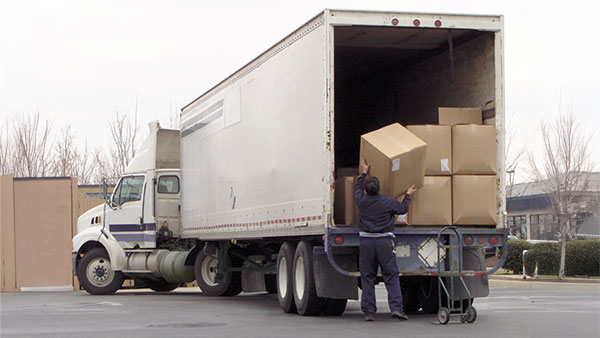

More Less Than Truckload
What's Related in Less Than Truckload
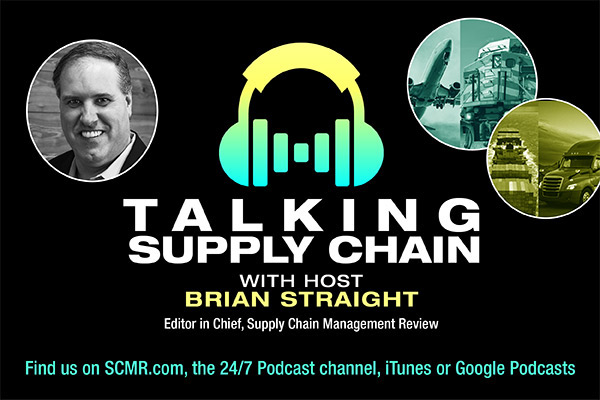
 Explore
Explore
Topics
Procurement & Sourcing News
- C.H. Robinson rolls out AI agent to address LTL classification overhaul
- Danone latest to announce new US investment
- Uber Freight’s Val Marchevsky to deliver Keynote at NextGen Supply Chain Conference
- Unlocking the green grid: Innovations for eco-friendly last mile
- Dealing with supply chain complexities with scenario intelligence
- Securing critical minerals during a global trade war
- More Procurement & Sourcing
Latest Procurement & Sourcing Resources
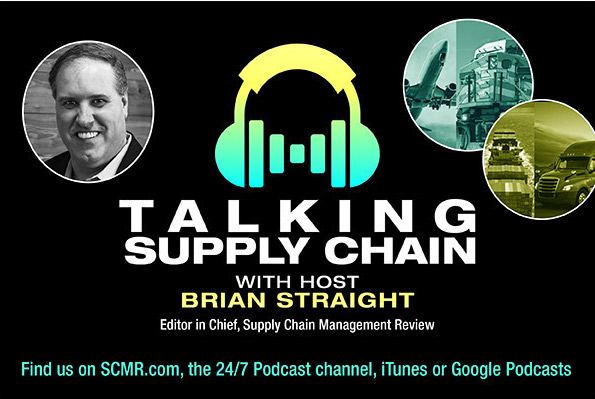
Subscribe
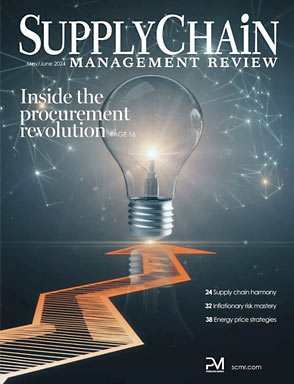
Supply Chain Management Review delivers the best industry content.
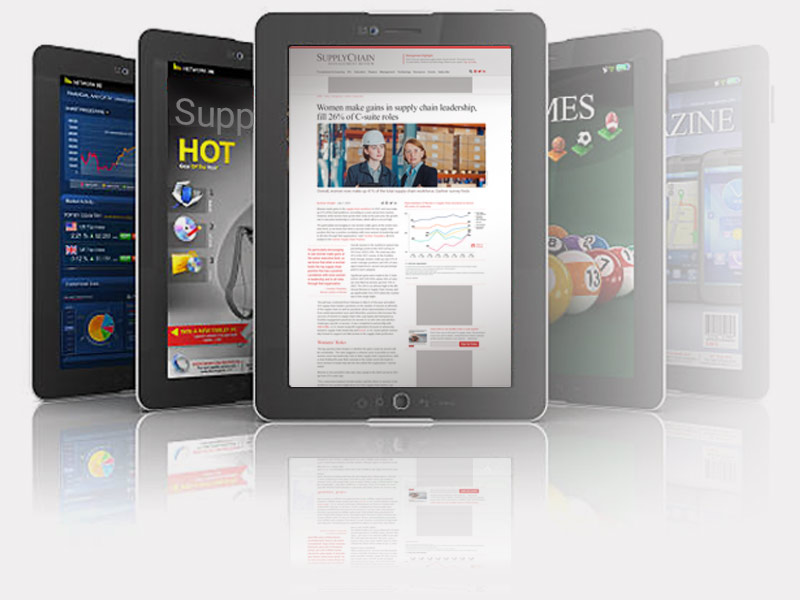
Editors’ Picks




